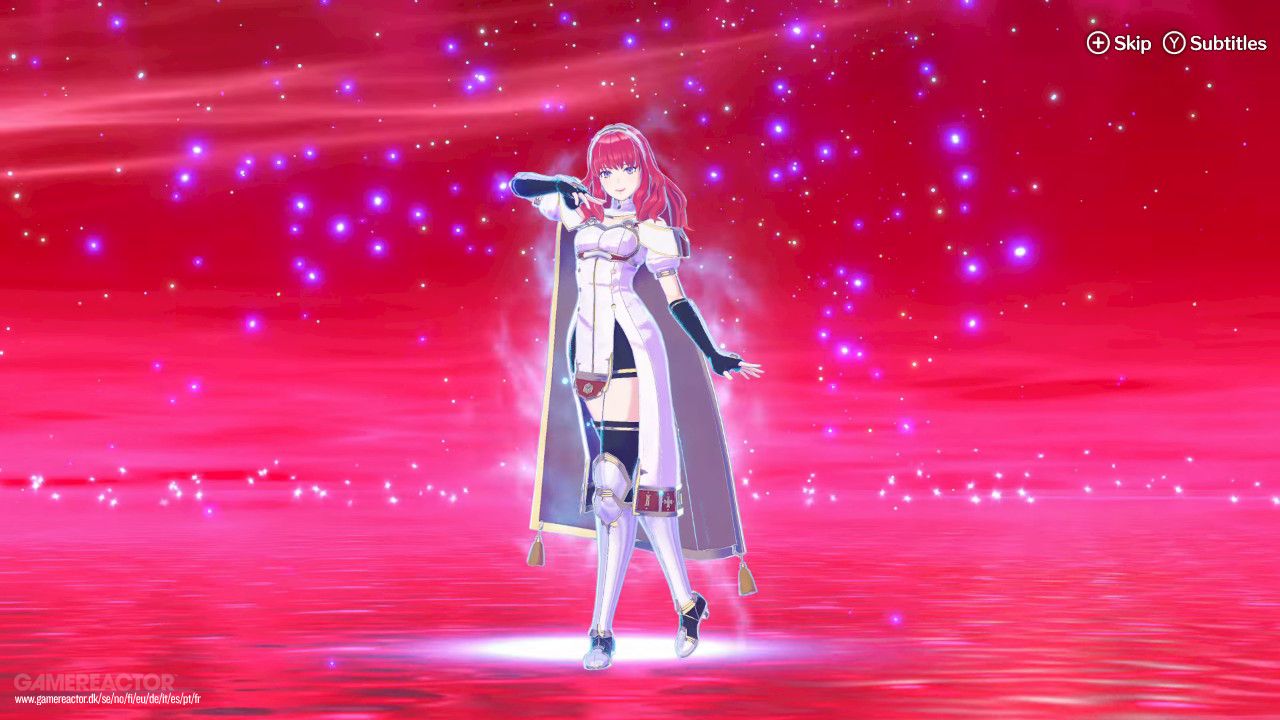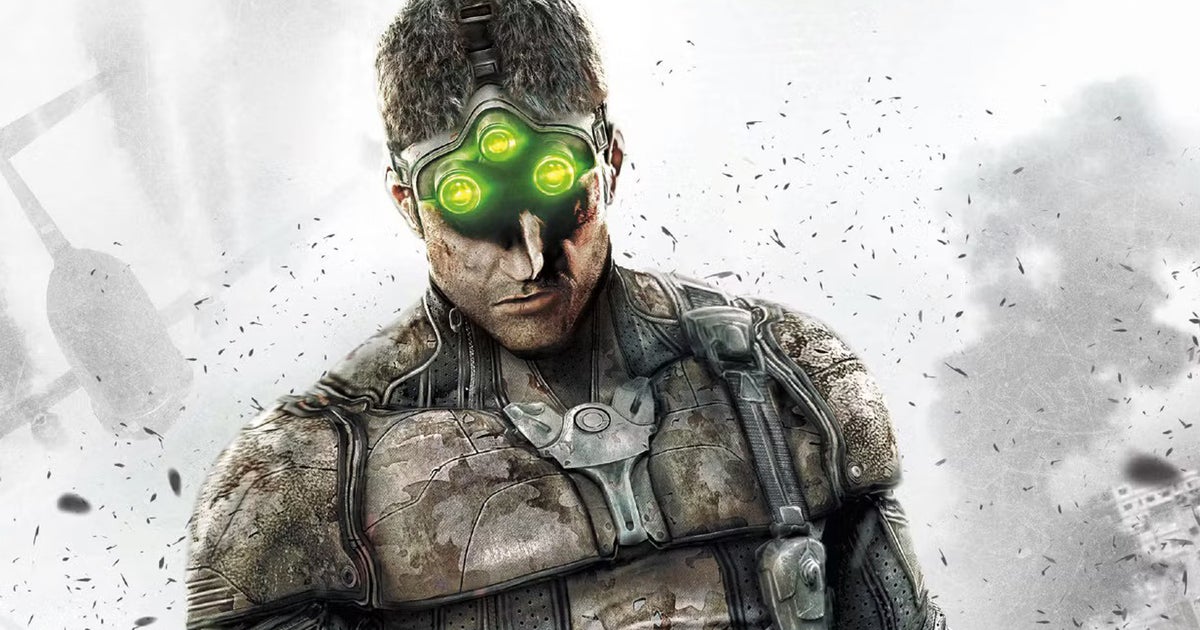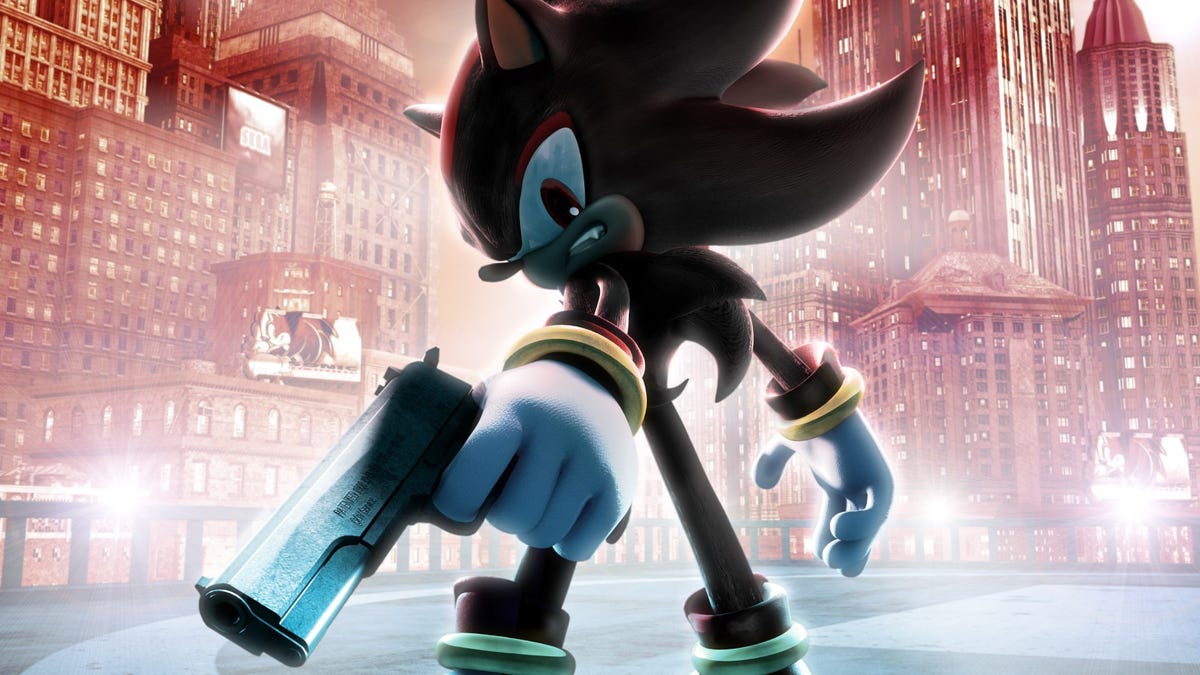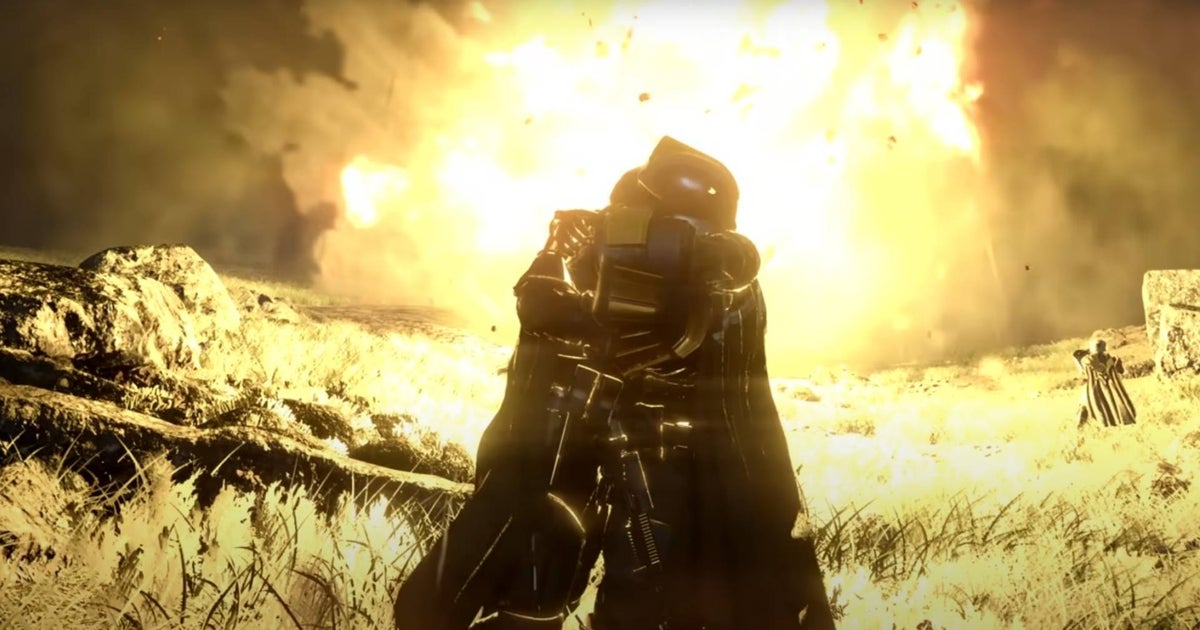The tactical JRPG genre has always had a great name, and that’s Fire Emblem. For more than 30 years, the series has not only survived, but has been enriched with each new iteration (and there are 17 episodes if we count those that never left Japan), creating a rich universe in which almost always It has been governed by a tree of game systems that work together perfectly to keep the game running like clockwork.
I’ll also admit that I thought my experience with Fire Emblem Engage was going to be a lot more dramatic, precisely because I jumped on the Intelligent Systems franchise bandwagon with it. Maybe that’s why I’m missing some nuances that veterans will surely find, but I also hope to show its strengths and weaknesses to those who, like me, are entering the saga for the first time with this installment.
The title begins with a spectacular opening sequence that is neither more nor less than the final fight between our character (be it a boy or a girl because we can choose it) Already, the divine offspring. Thanks to a group of heroes and the support of their emblems (which are the heroes of previous Fire Emblem titles), they manage to defeat The shade, the fallen dragon. But after the battle, Alear falls into a dream for a thousand years and only wakes up to discover that she has lost all her memories and that he is threatening her Elyos
Advertising:
I’ll stop here again because I think so the differential fact The reason this game touched me so deeply is because I chose to play with it permanent death From the characters. At the beginning of the game, in the options menu we can choose between activating the permanent death of the heroes (or final defeat if they are relevant to the narrative, even if they do not fight again) or activating after each victory the fallen return to the squad more selectable ally back. This decision goes well beyond whether it’s a simple mode or not. The fact that these allies (each with their own background, lineage to Alear, and skills in combat) can disappear or even die, affects all systems behind the game. The first time I lost an ally (a mage with fire spells in Chapter 5), I felt a thud in my chest. From that moment on, my playing style completely changed.
From then on, after each fight, I spent a lot of time (even hours) touring the El Somniel base, talking to each of its residents, and going through every shop, gear, training, and affinity of my team step by step. It’s not just that I was well-prepared for whatever came up in the next mission, some of these characters were essential to my strategy, and while the main combat condition is that they fail to defeat Alear, I felt the pressure , to stay alive and protect them at all costs.
While I haven’t played Fire Emblem: Three Houses, I know enough about the series to recognize that it’s Engage a return to the classic experience of the series
Advertising:
But the core of Engage is turn-based combat and the new ability to fuse characters with Crest Rings containing the spirit of heroes of the past. Each of them (I immediately recognized the ones that appeared in Super Smash Bros., but there are others that come from Echoes, Awakening, and more) grant additional abilities to the ring-wielding character, and when they fuse, they increase their stats by some determined by layers. In addition, knowing the advantage of each class in relation to the enemies leads us to take advantage of another innovation of Engage: the breaking point. If we get an enemy to this point, not only will they take critical damage when attacking, they also won’t counterattack in retaliation. A skirmish can be defined by a quick resolution if we know how to use this feature, which is one of many that, interwoven, make each battle unique. And if not, you can always use Draconic Crystal of Time go back a few turns
As we travel through the continent of Elyos there will be side missions in which we will get better equipment or new allies, but even in each battle there can be special situations that will also affect our choices. Is it better to stick to the main objective and finish quickly, or is it better to stray to the chests with top gear that will surely make the next mission easier, even at the risk of losing someone along the way ? Decisions that are not always easybut I think they manage to create that feeling that we’re really the hero of a story and the captain of a group of warriors that we all want to adventure with.
The difficulty of Fire Emblem Engage doesn’t always lie in the challenge of advancing mission after mission, but in doing so with as few casualties as possible, with the right team and a team strategy that involves learning about each of the units in detail. . It sounds more complicated than it really was, and that’s why I think so Engage is the perfect introduction to the seriesand a celebration of good memories for those who have already shared adventures Marth, Celika, Sigurd and the rest of the emblems. A game that perfectly alternates action phases with calm and fun interludes in which you can chat with the characters, play mini-games and test new weapons. And if that’s Fire Emblem, here’s a new fan of the series born.

















